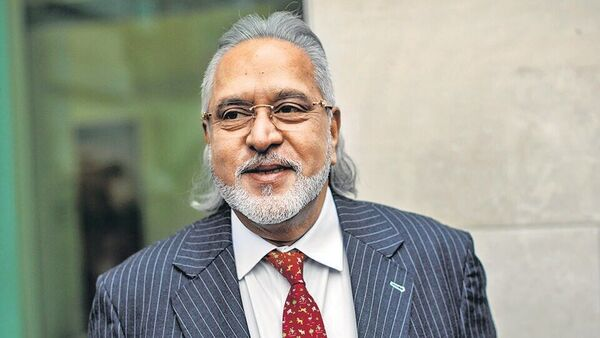Description
Context: The Union Government’s fiscal deficit further widened to ₹9.53 lakh crores, or close to 120% of the annual budget estimate, at the end of October of the current fiscal.
- The deficit widened mainly due to poor revenue realisation.
- The lockdown imposed to curb spreading of coronavirus infections had significantly impacted business activities and in turn contributed to sluggish revenue realisation.
- The fiscal deficit at the end of September 2020 was about 8% of the annual budget estimate, as per the data released by the Controller General of Accounts.
What is 'Fiscal Deficit'?
Definition: The difference between total revenue and total expenditure of the government is termed as fiscal deficit.
- It is an indication of the total borrowings needed by the government. While calculating the total revenue, borrowings are not included.
Description: The gross fiscal deficit (GFD) is the excess of total expenditure including loans net of recovery over revenue receipts (including external grants) and non-debt capital receipts.
- The net fiscal deficit is the gross fiscal deficit less net lending of the Central government.
- Generally fiscal deficit takes place either due to revenue deficit or a major hike in capital expenditure.
- Capital expenditure is incurred to create long-term assets such as factories, buildings and other development.
- A deficit is usually financed through borrowing from either the central bank of the country or raising money from capital markets by issuing different instruments like treasury bills and bonds.
https://www.thehindu.com/business/Economy/fiscal-deficit-reaches-120-of-annual-target/article33195919.ece?homepage=true










